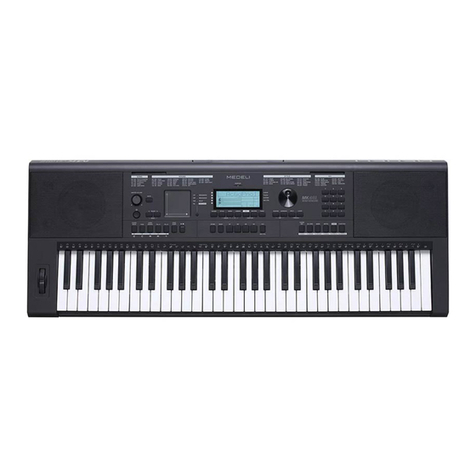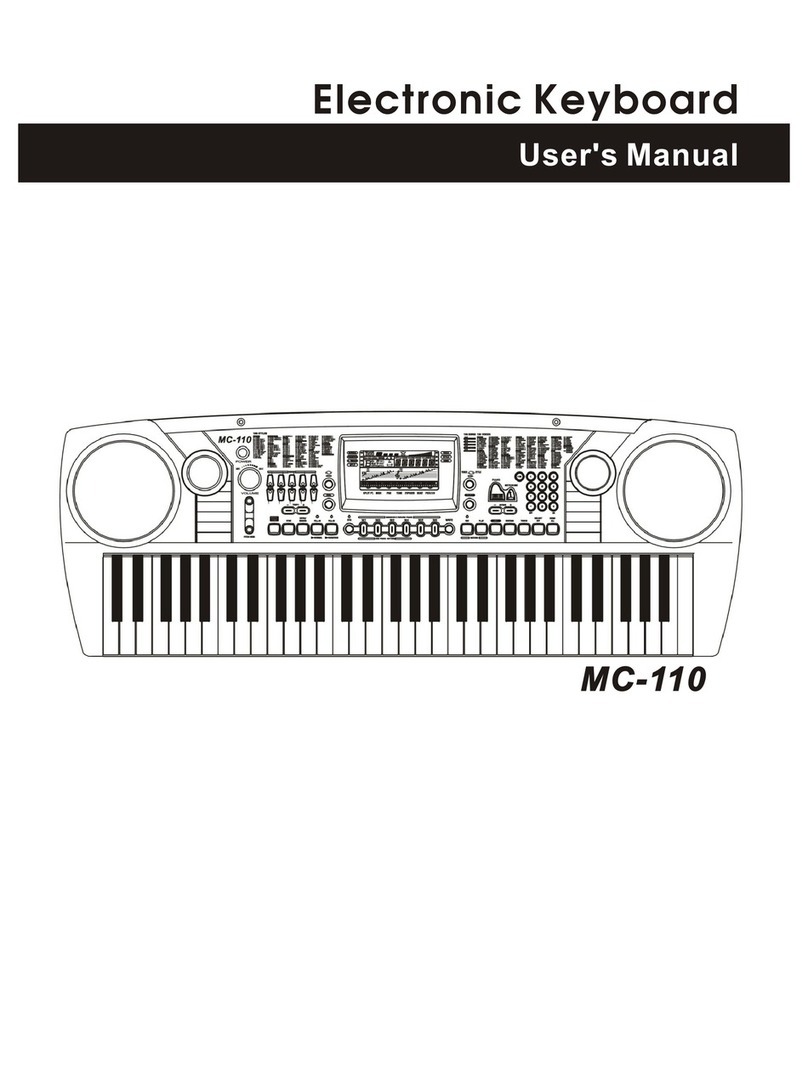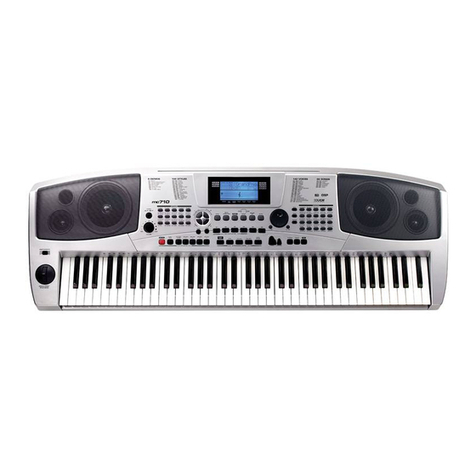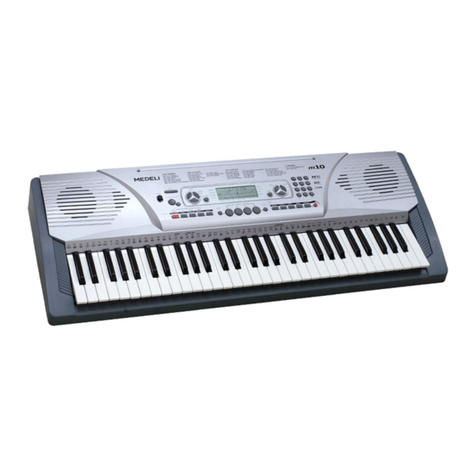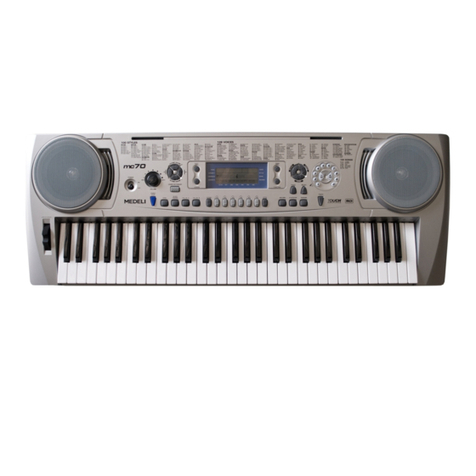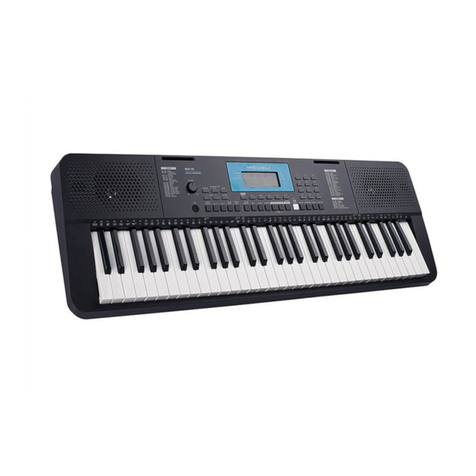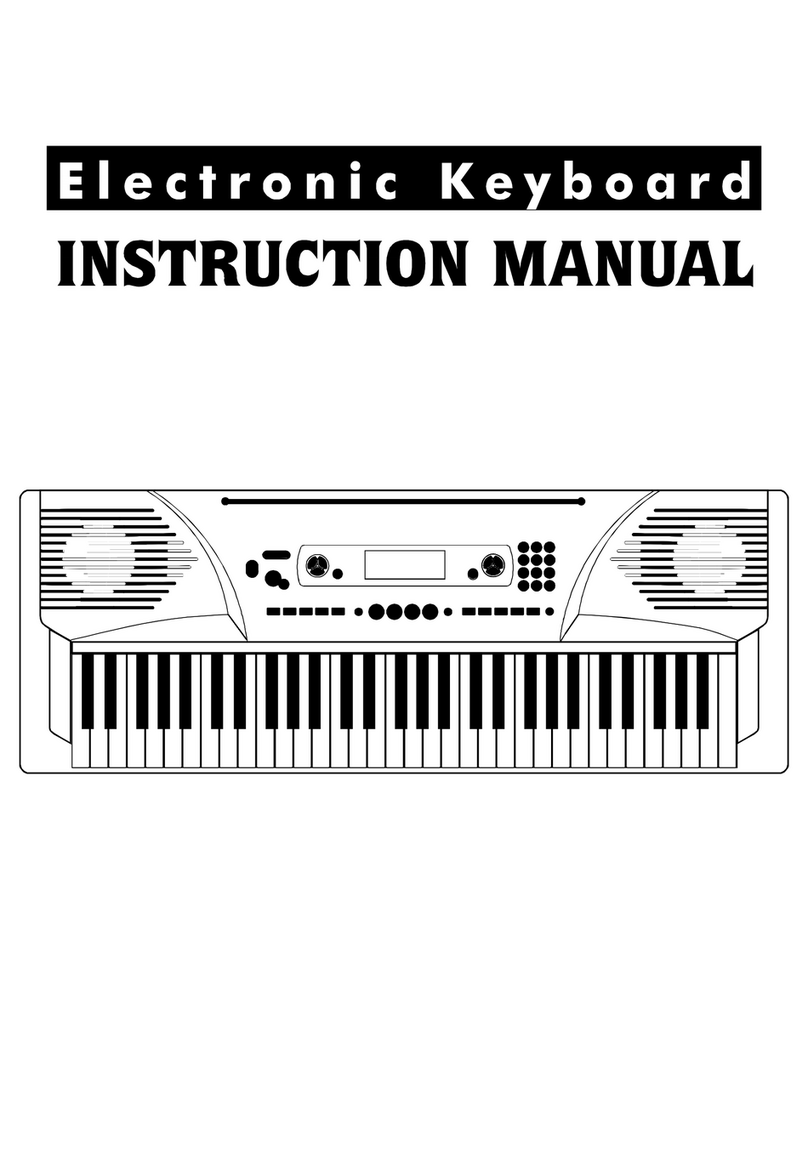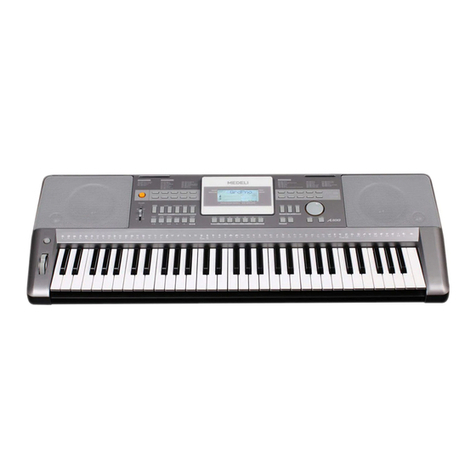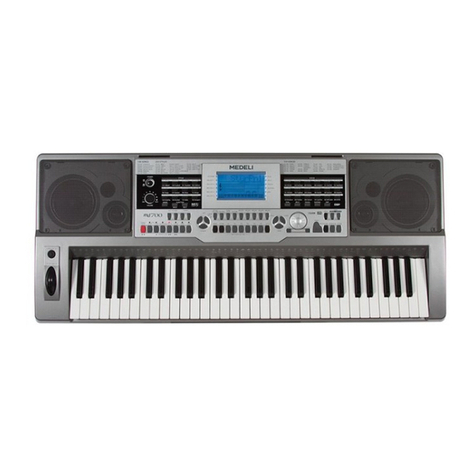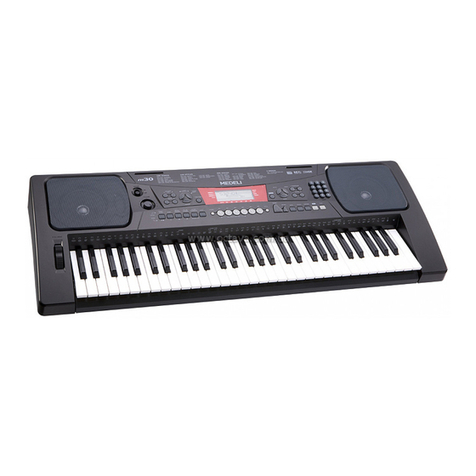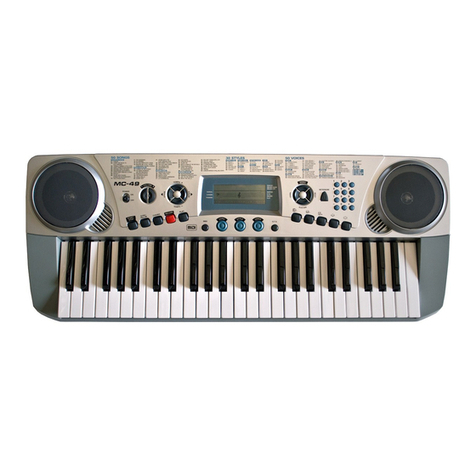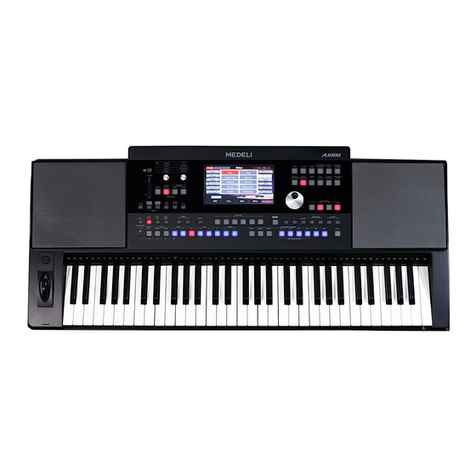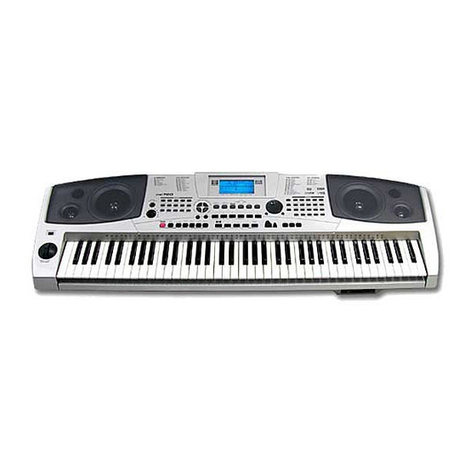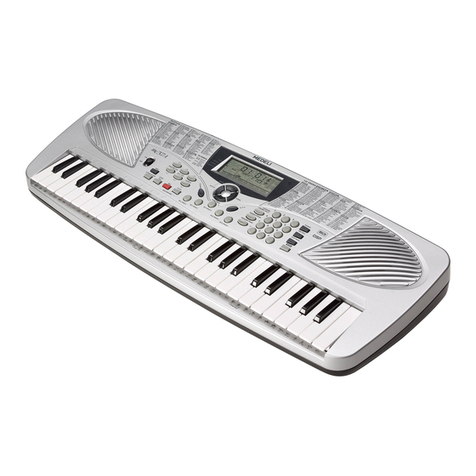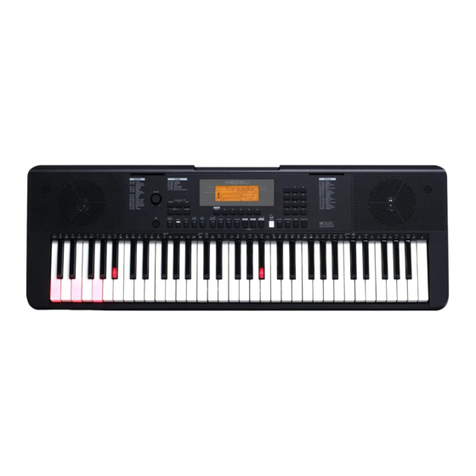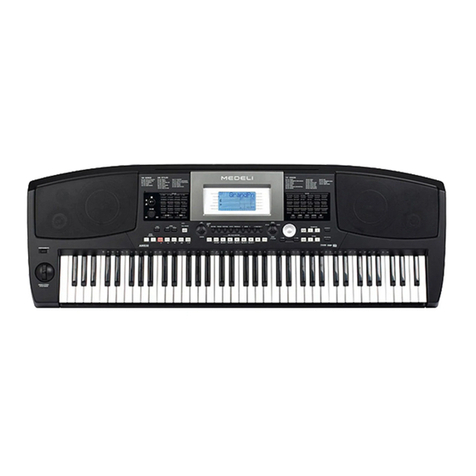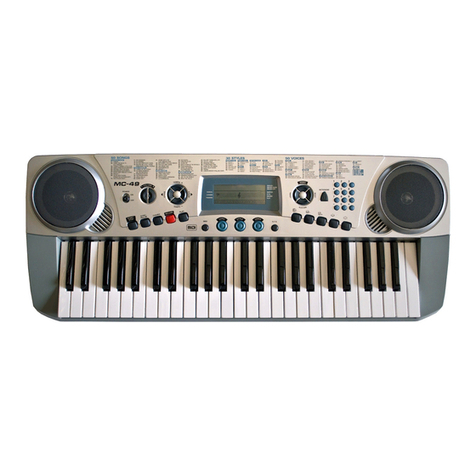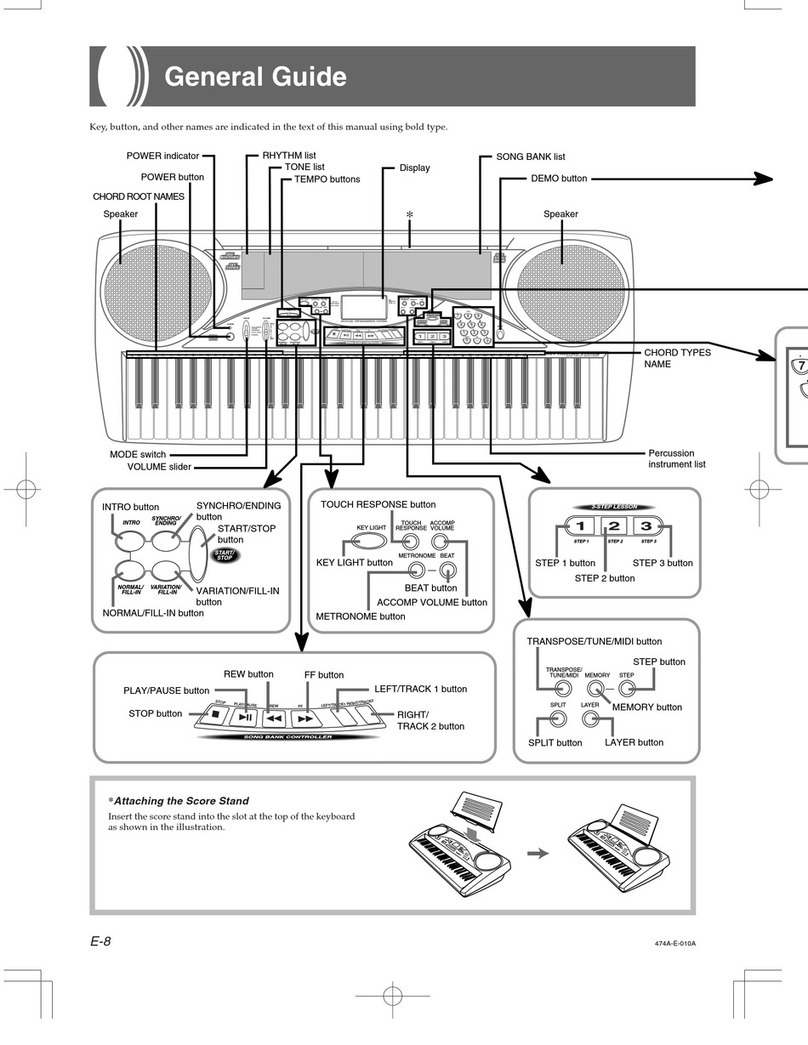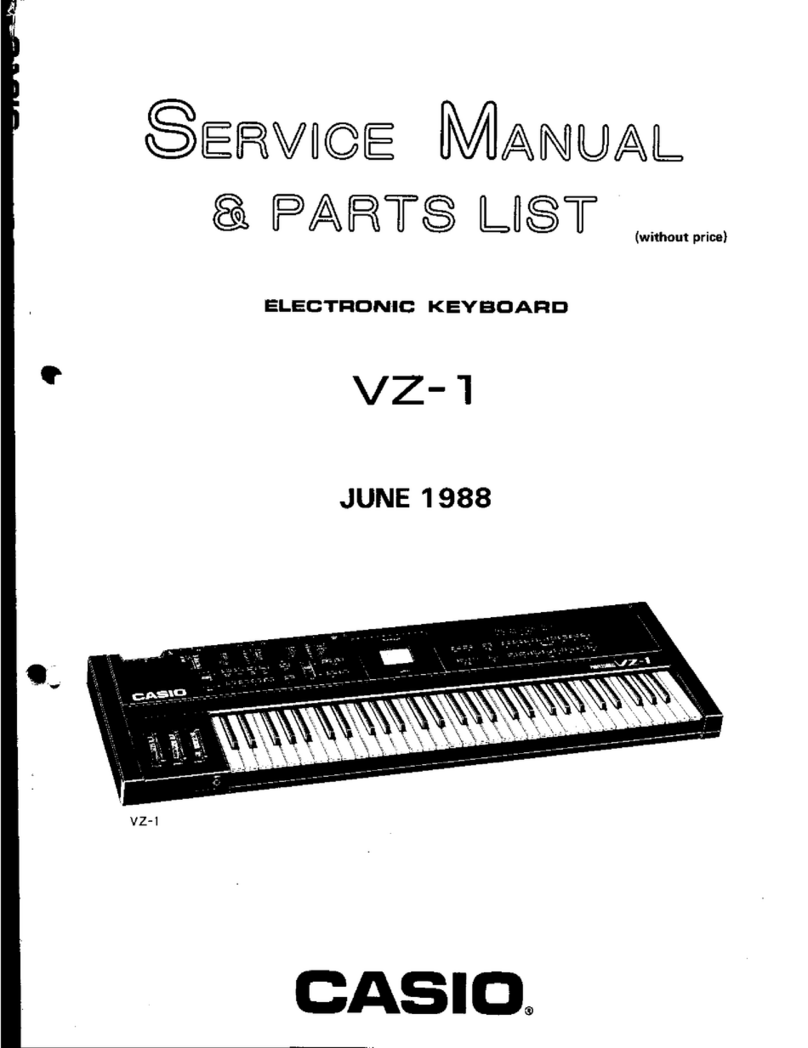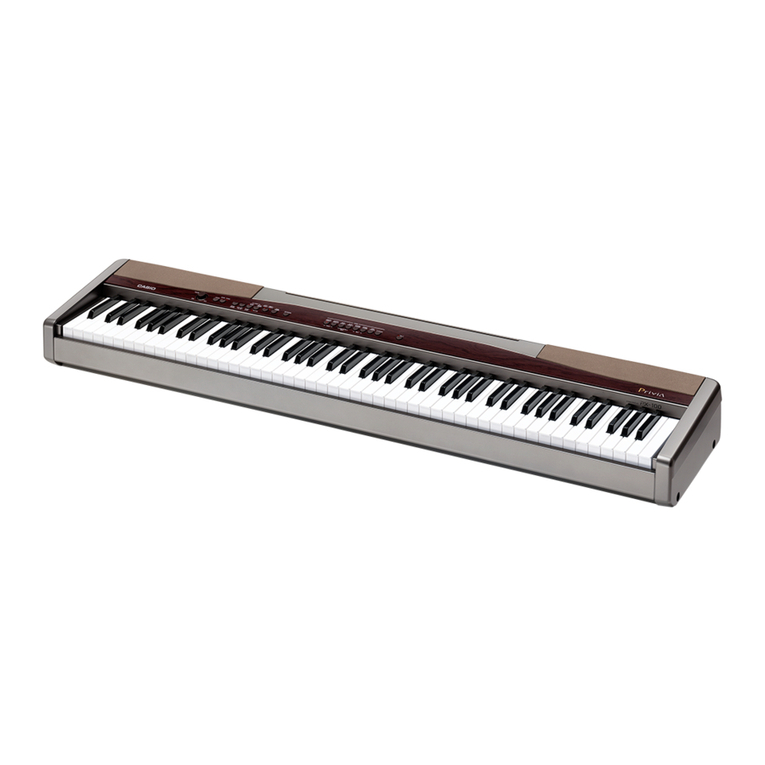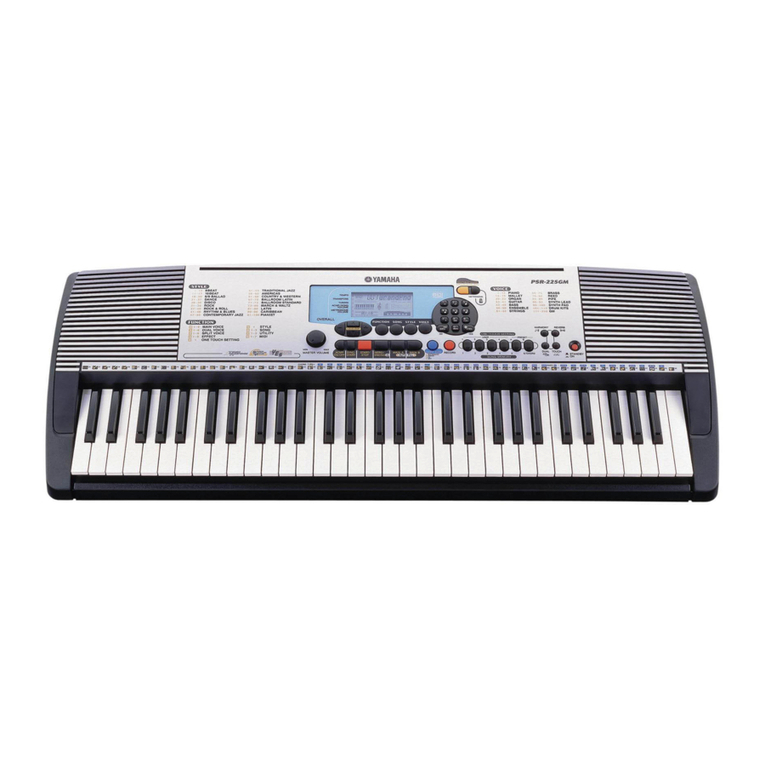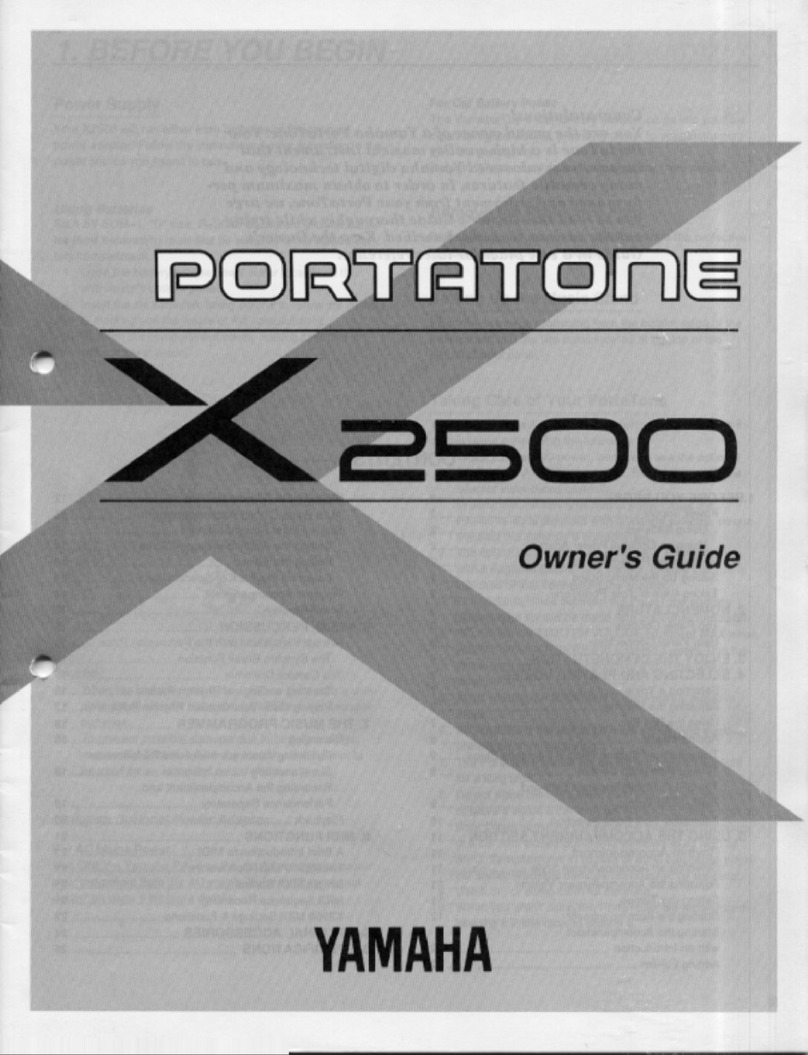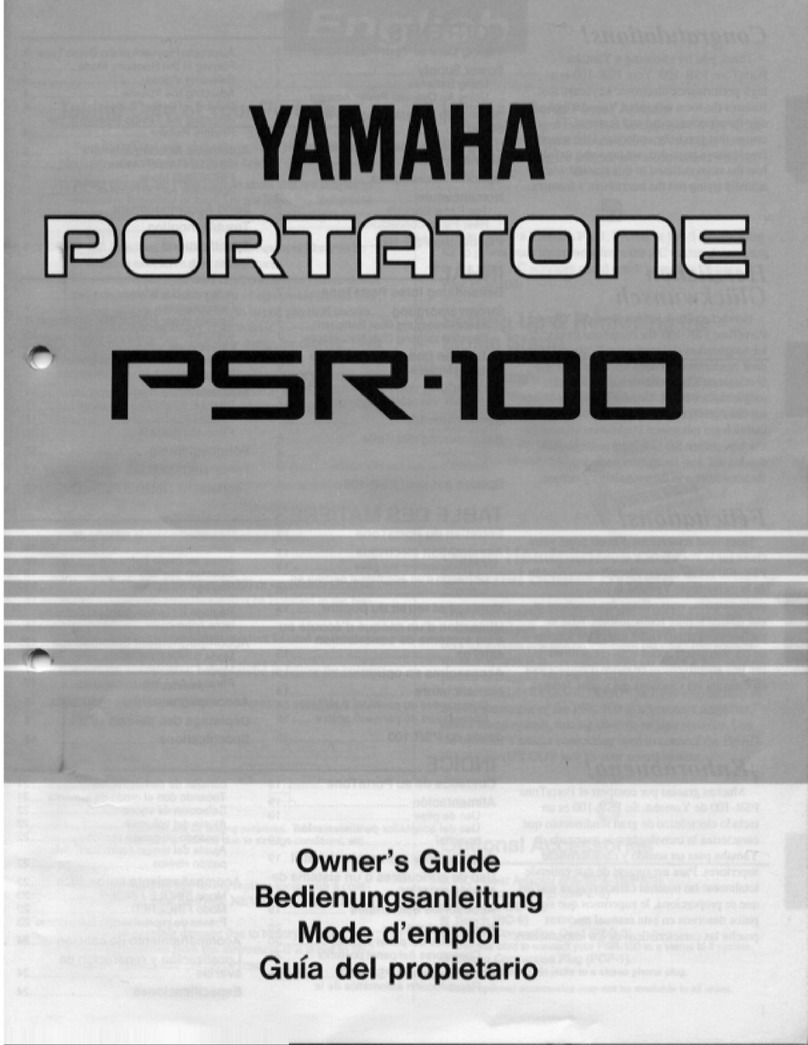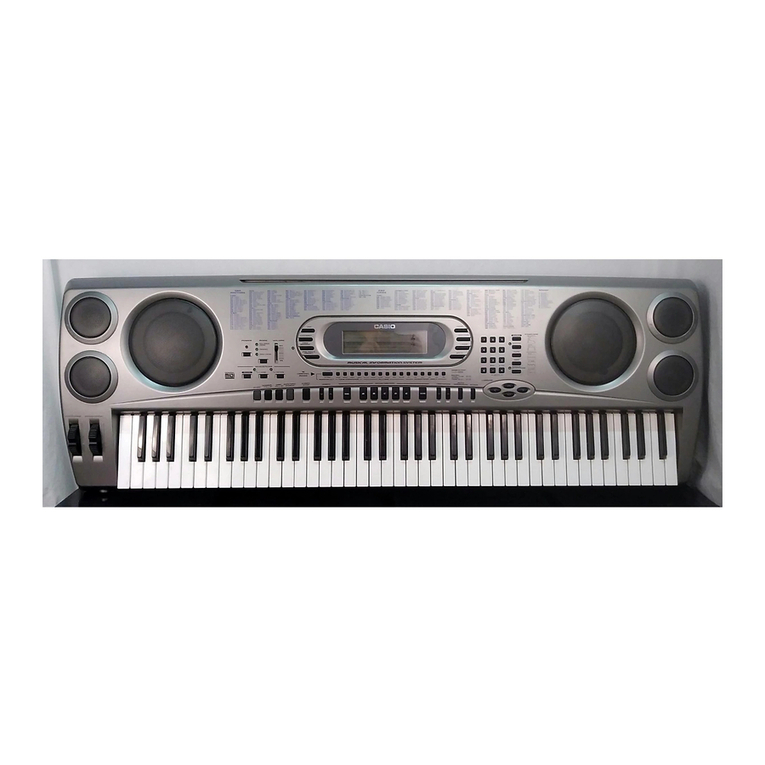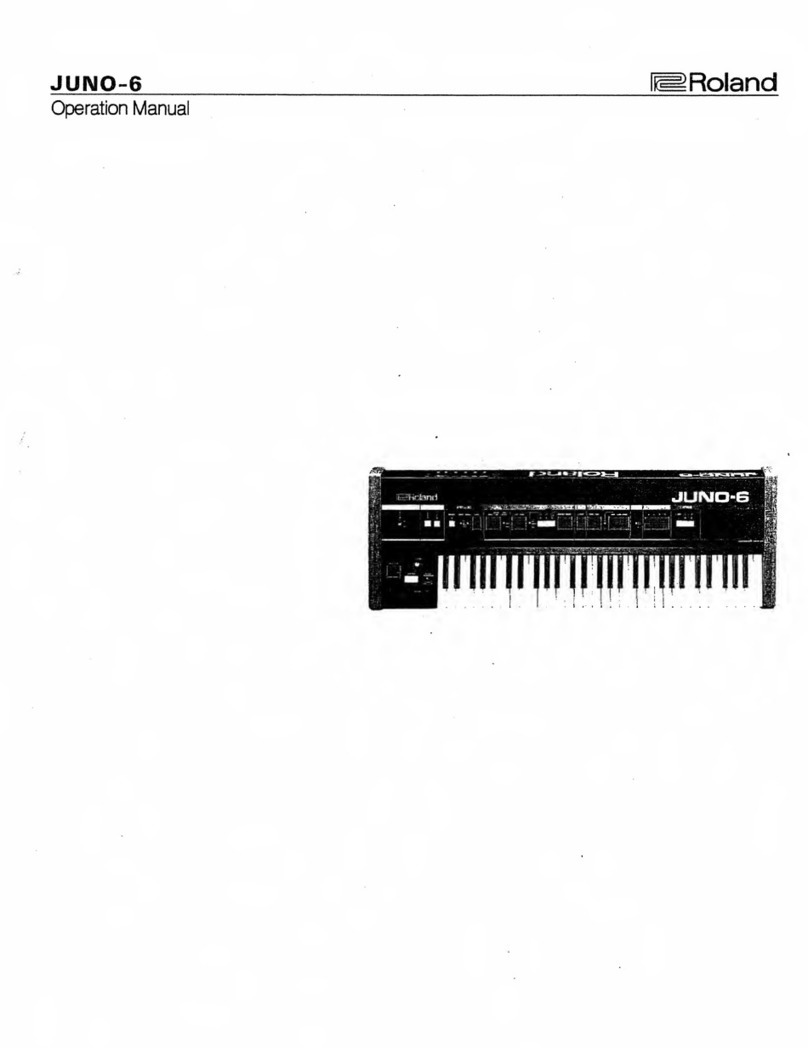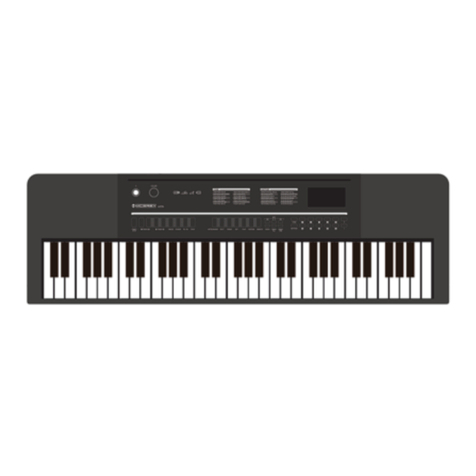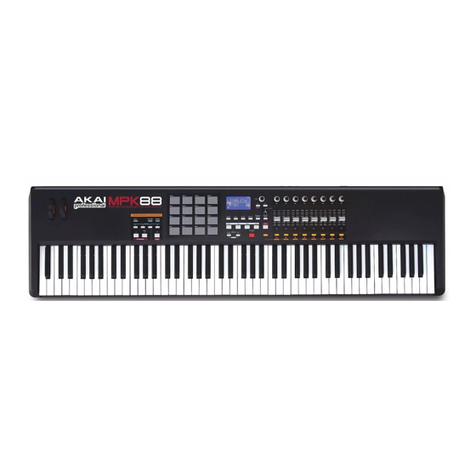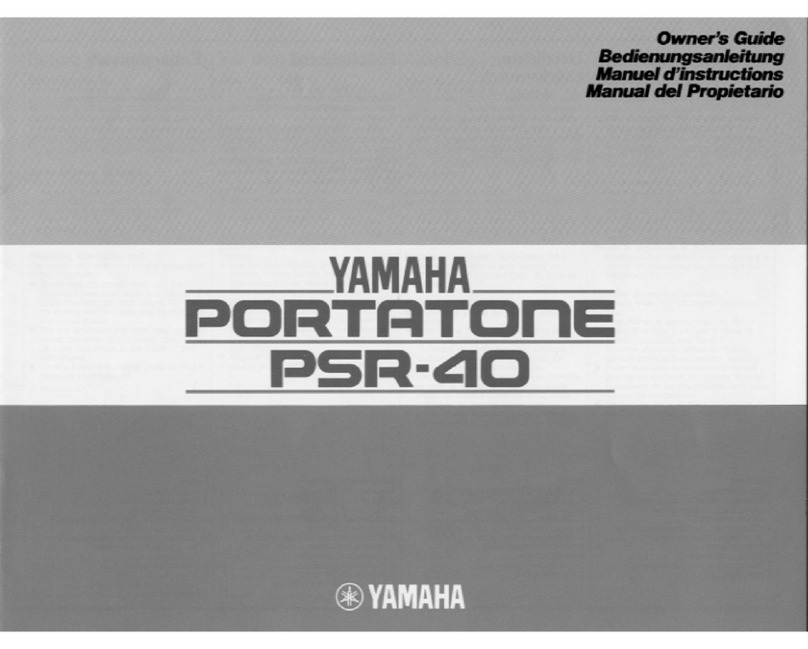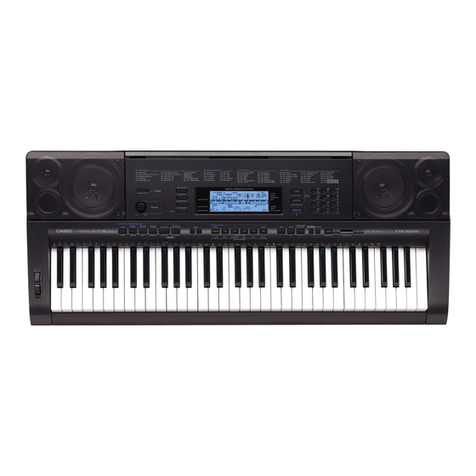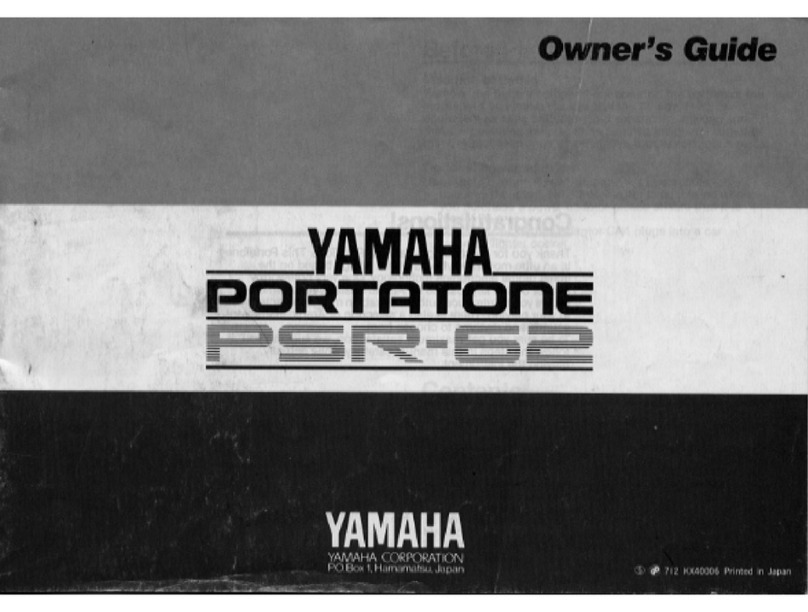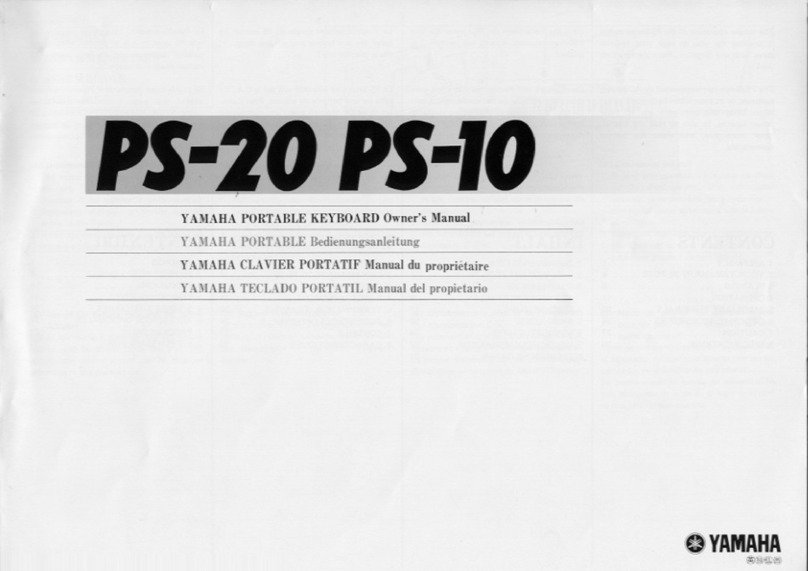Pitch Bend Wheel............................
Voices and Effects............................
Style Control.......................................
Connections.......................................
Trouble Shooting....................................
Specifications..........................................
General Guide..............................
*Front Panel.................................................
*Rear Panel...................................................
*LCD Display...................................................
Preparation...................................
*Power Supply...................................................
*Setting the Music Stand.................................
*Headphones Jack........................................
*Sustain Jack.........................................
*Select a Voice............................................
*Dual Voice.....................................................
*Sustain...................................................
*Metronome...................................................
*Touch............................................................
*Piano............................................................
*Stop a Style..........................................
*Chord Recognize....................................
*Select a Style..............................................
*The Accompaniment Section....................
*Start a Style.............................................
*Main/Fill................................................
*Tempo.......................................................
One Touch Setting..........................
Chord Dictionary...................................
*LESSON Mode.................................................
Song......................................................
*MIDI Connection......................................................
*What is MIDI.......................................................28
*MAJOR Application.............................................
MIDI Function.....................................
*Appendix 5 - Chord List...........................................
*Appendix 6 - MIDI List..............................................
*Appendix 2 - Style List................................................
*Appendix 1 - Voice List............................................
*Appendix 3 - Song List..........................................
*Appendix 4 - Demo List..........................................
Appendix...............................................
Memory...........................................
*Stop Record.........................................................
*Octave.........................................................
*MIDI IN...........................................................
*Accomp Volume................................................
*Lesson 2.......................................................
*Start Record.............................................................
*Transpose.............................................................
*Split Point...............................................................
*Playback Record................................................
*Beat..............................................................
*MIDI OUT........................................................
*Lesson 1.......................................................
*Bank Select....................................................
*Lesson 3...........................................................
*Grade Function...............................................
Record....................................................
Function Menu.....................................
Contents
7
8-10
8
8-9
9
9
10
10
11-16
11
11
12-13
13
14
14
15-16
5
5
5
5
6-7
6
7
7
7
17
17
18
19-20
21-23
21
24
25
25
18
19
20
25
18
19
20
20
22
18
19
20
22
20
23
23
25
26
26
27-31
27
28
29
30
30
31
4
10
